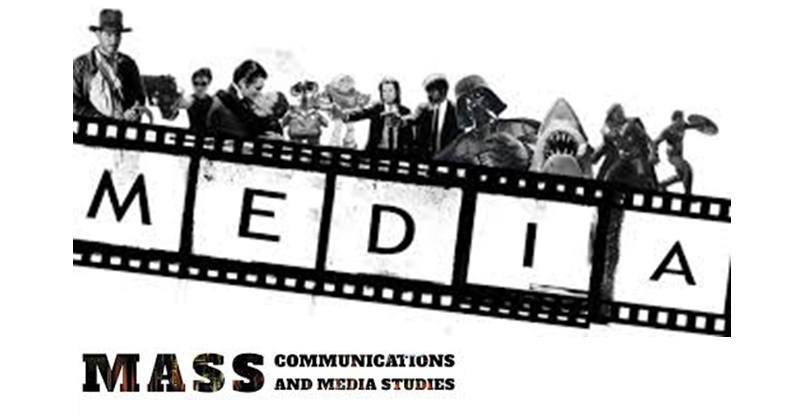
Print media largely refers to things such as Newspapers, magazines, periodicals. For a long time, this type was the most commonly used medium for disseminating information, news, and for advertising, and its usage is still widespread.
Non-Print Media on the other hand includes everything other than print, such as Television. Radio, Digital, Out-of-Home and so on. Examples are as follows:
GET INSTANT HELP FROM EXPERTS!
- Looking for any kind of help on your academic work (essay, assignment, project)?
- Want us to review, proofread or tidy up your work?
- Want a helping hand so that you can focus on the more important tasks?
Hire us as project guide/assistant. Contact us for more information
- TV: Star TV network, Network 18
- Radio: AM and FM. Some popular FM stations are 98.3 Mirchi, Red FM, Big FM, 104 Fever FM
- Digital – Social Media channels are Facebook, Twitter, Instagram
- Out-Of- Home- Billboards, E- display at Airports, office campus, Malls
Despite the popularity of the internet, mobile, and other non-print media, print remains to be a viable means of communication.
Various studies demonstrate that print media are still an important component of the new communications environment among audiences. Print media has a wider reach, is an enduring medium, is affordable in the short run and is usually more reliable and complete.
Non-print, on the other hand. is more versatile, convenient, environment friendly and interactive.
These days, people are at crossroads. With the continuous boom of technology, the print industry has suffered setbacks.
Books, magazines, and newspapers, which were once scanned and flipped, are now being scrolled. Pictures, which were once artfully pasted and decorated in albums and scrapbooks, are now being viewed with a press of a button. Letters, which were once intricately penned and sealed, are almost nonexistent, replaced by emails.
Some say that print media has been replaced by digital media; while that may not be completely true the fact is that non-print media continues to be a threat to print media.
For the public, the rapid move to digital is a Godsend. They can react to news in real-time since digital platforms provide a two-way conversation. Editors and writers are regularly called out by readers, making them more accountable.
Readers and viewers, for long simply consumers of news and entertainment, can now be producers themselves.
Lot of journalists are also using digital media tactically: it’s cheaper and though it currently lacks the bandwidth of print and broadcast, it’s the most practical way to get started and create a buzz. So, with the advent of digital technology, print media is facing the threat of becoming extinct.
But more than the ‘death’ of print, we are witnessing adaptation of print and news organizations to rapidly changing consumer patterns and a corresponding shift toward digital content, worsened by the recent financial crisis.
StudyMumbai.com is an educational resource for students, parents, and teachers, with special focus on Mumbai. Our staff includes educators with several years of experience. Our mission is to simplify learning and to provide free education. Read more about us.

Leave a Reply
You must be logged in to post a comment.